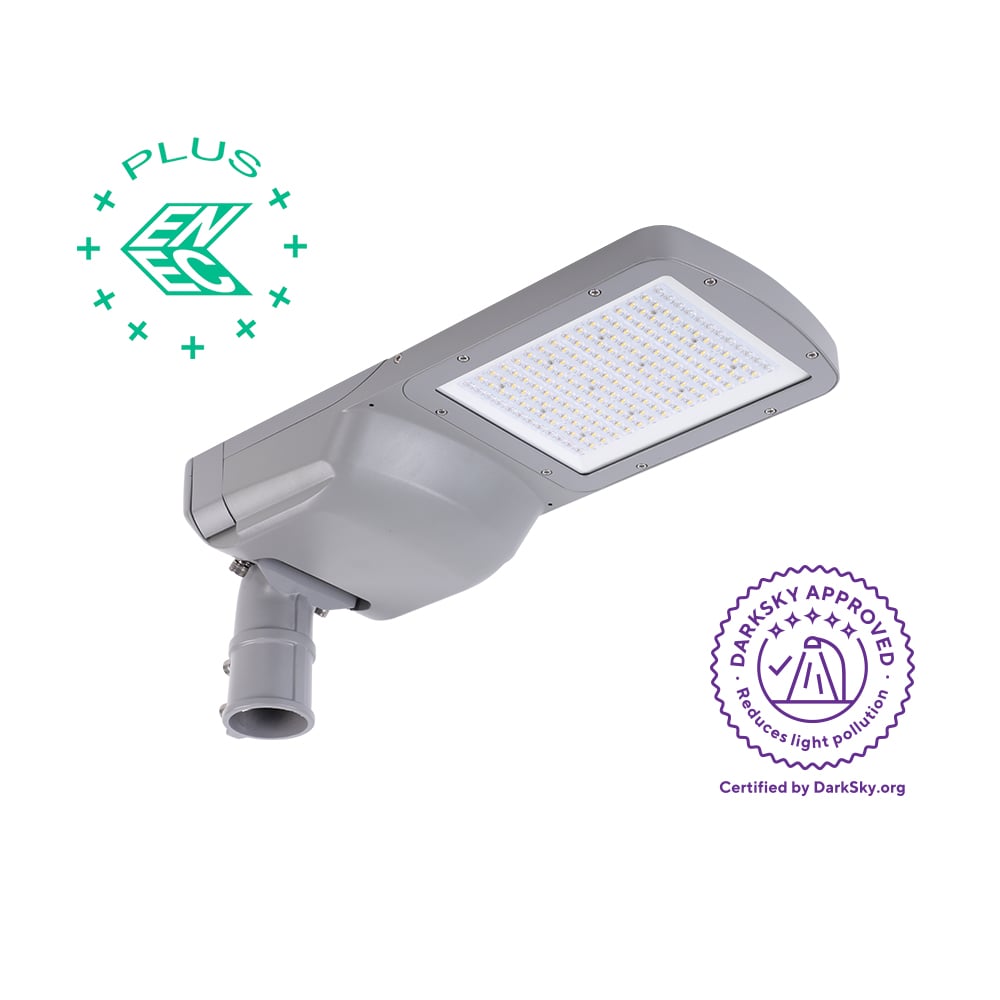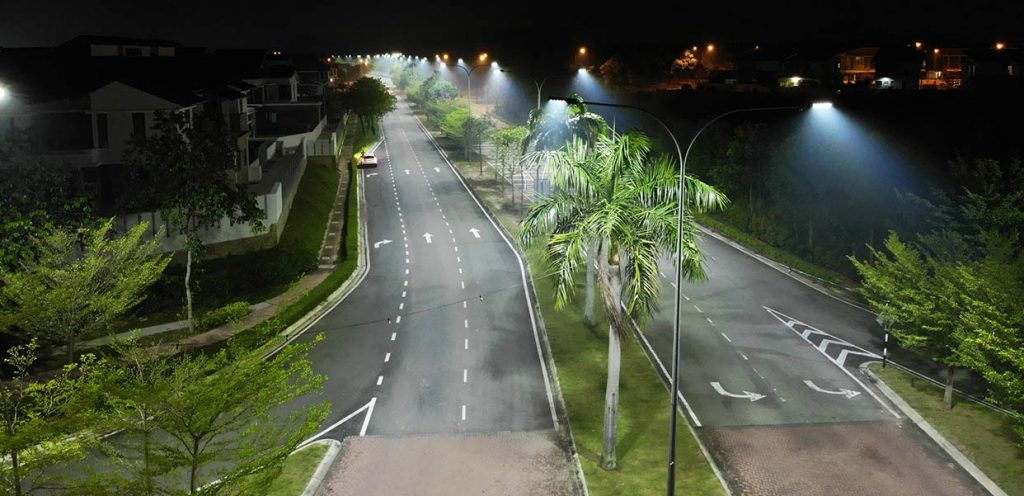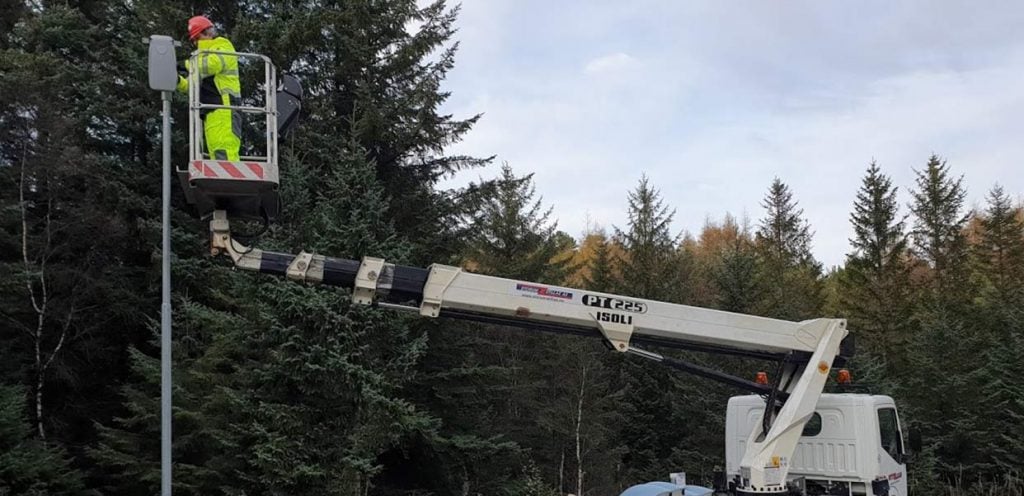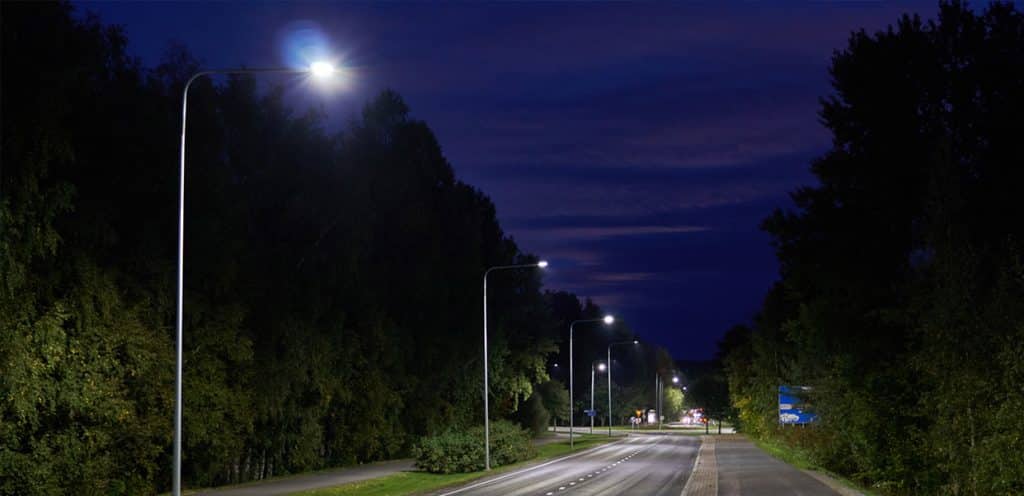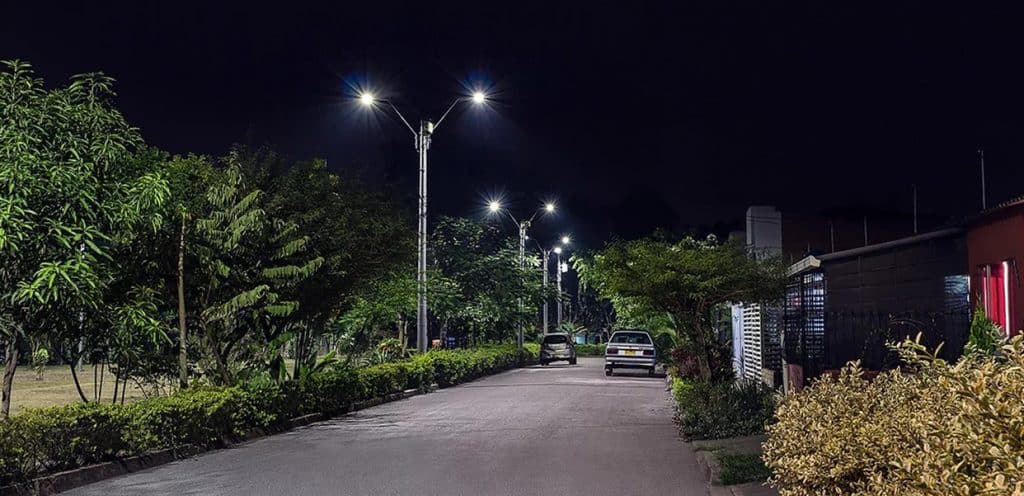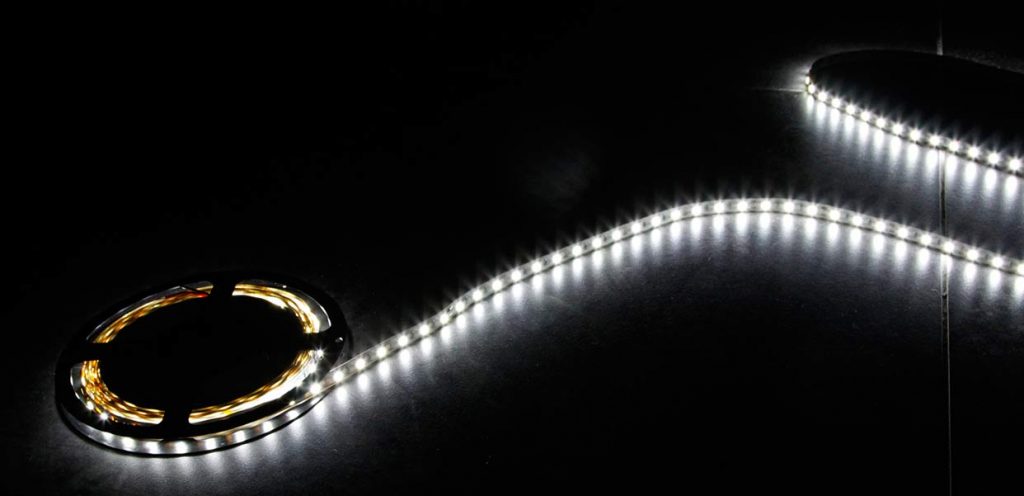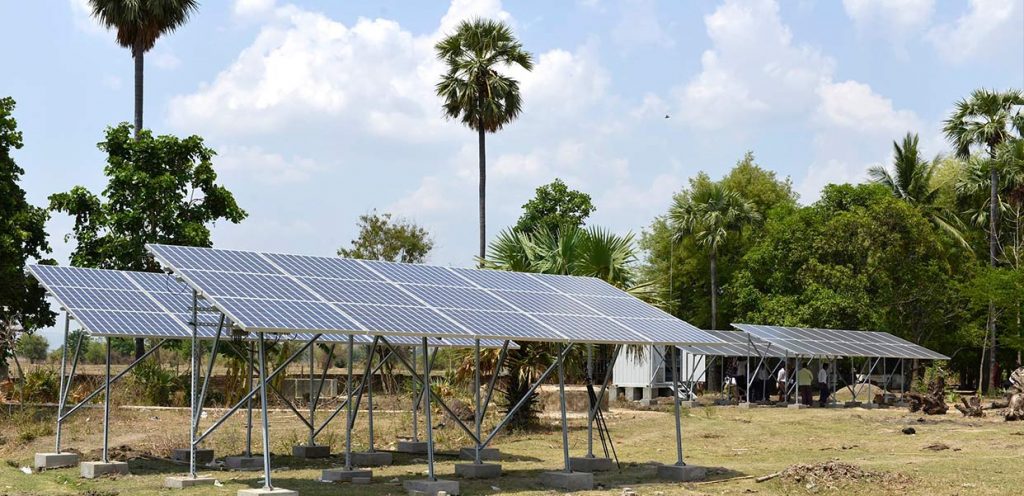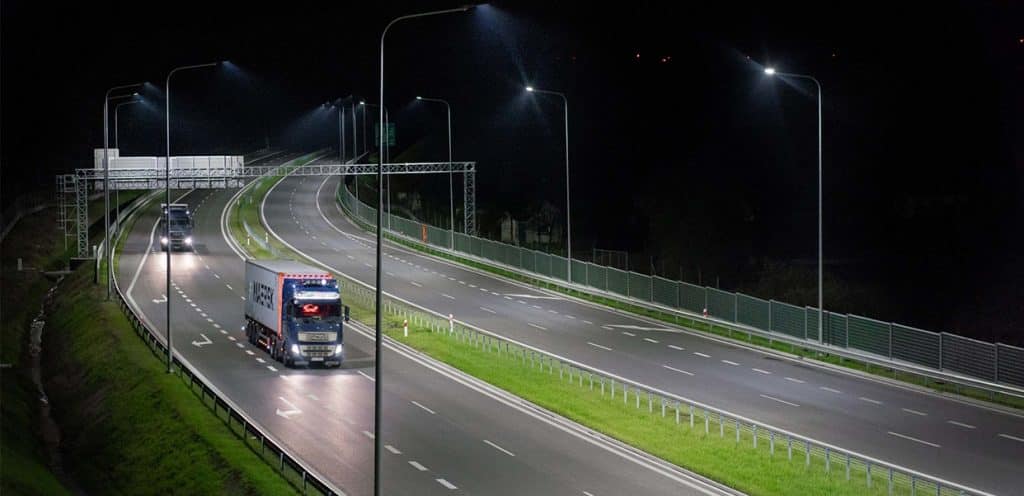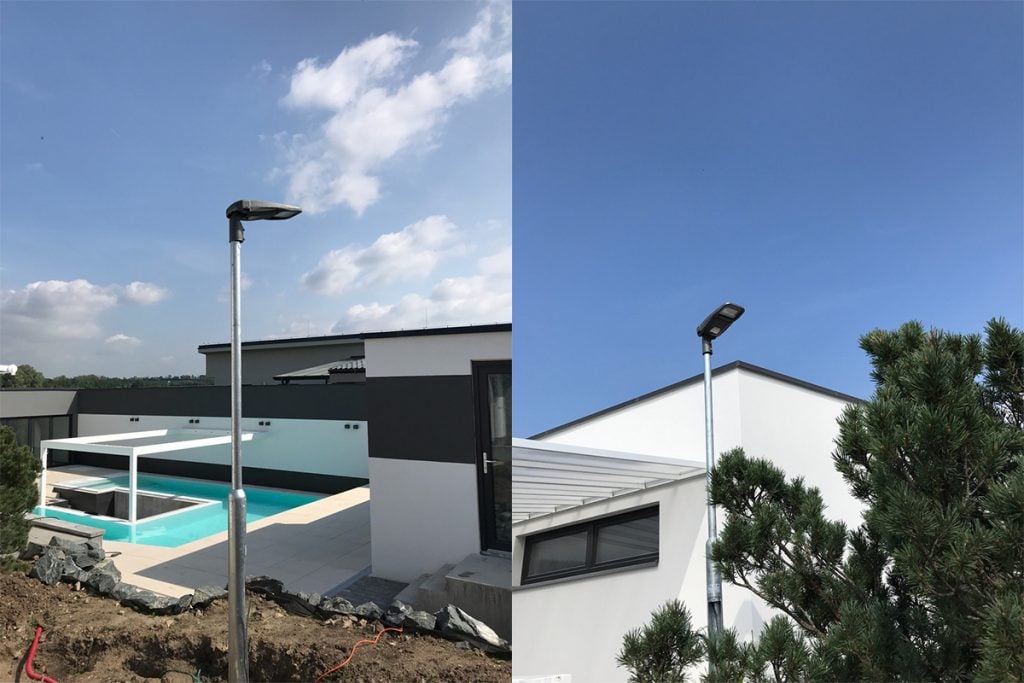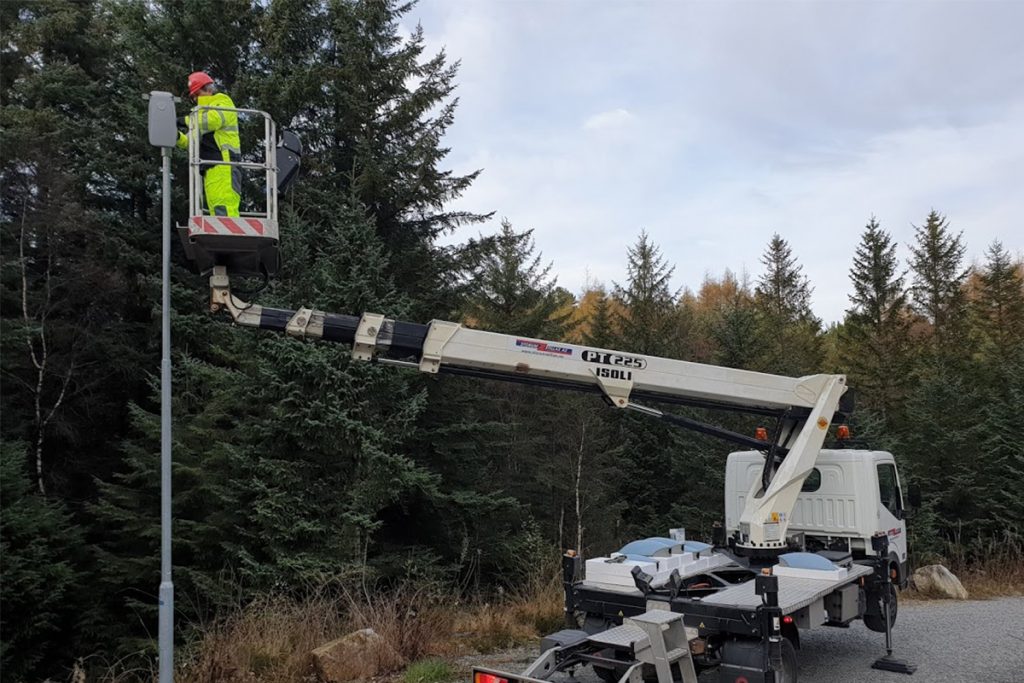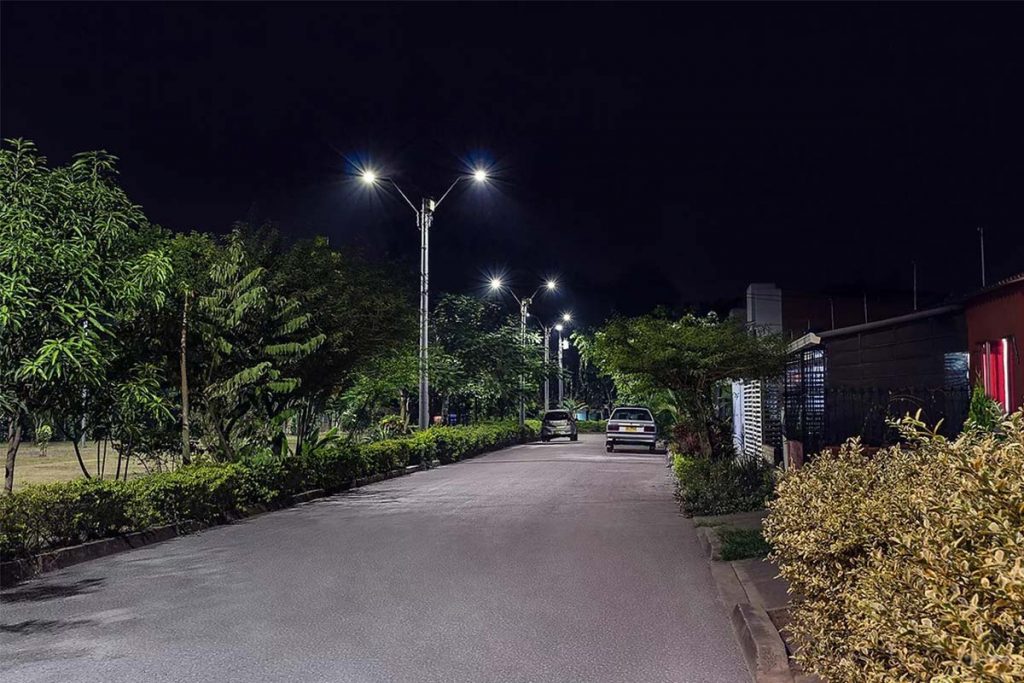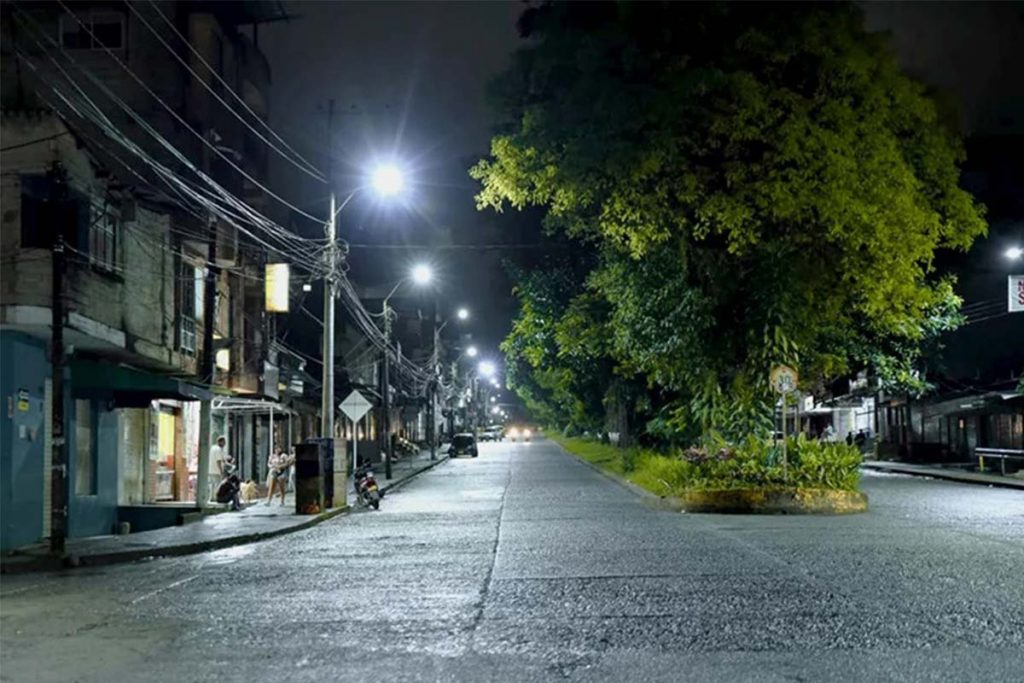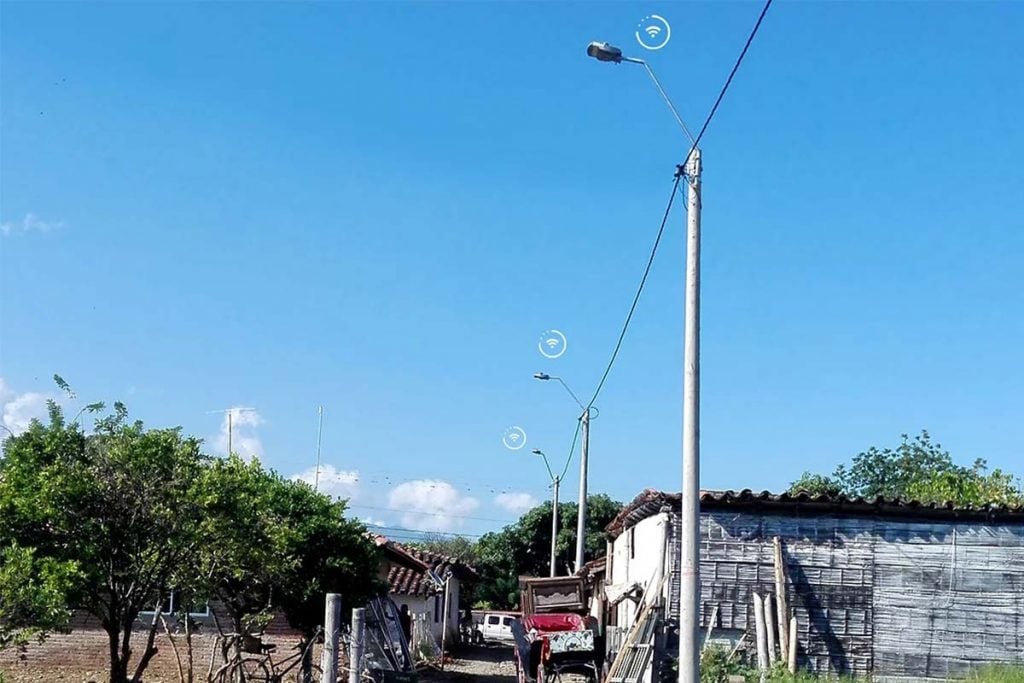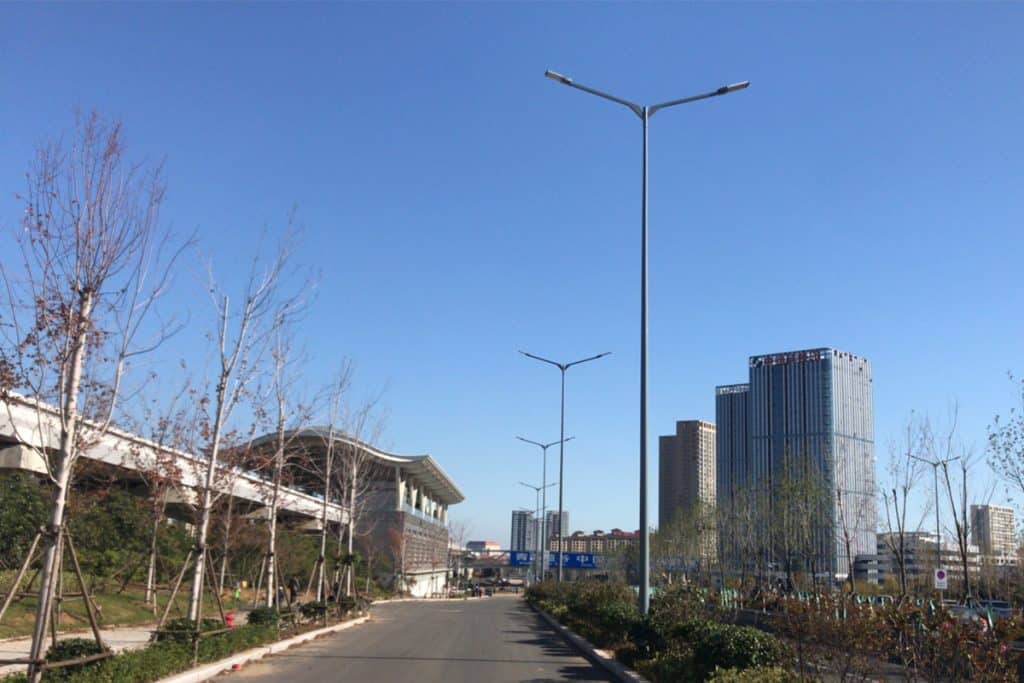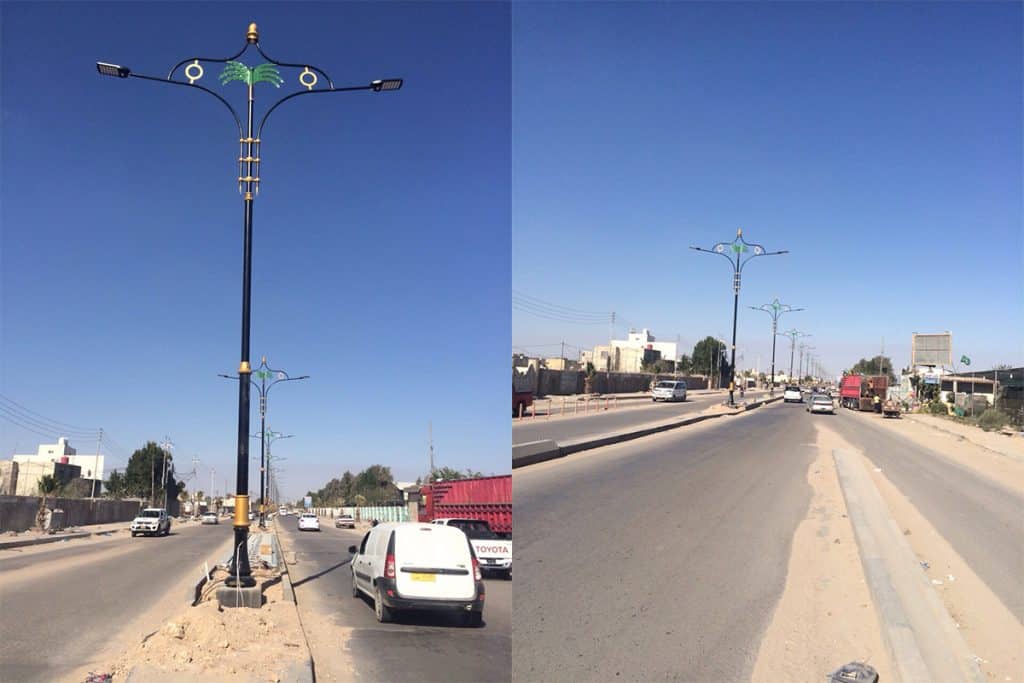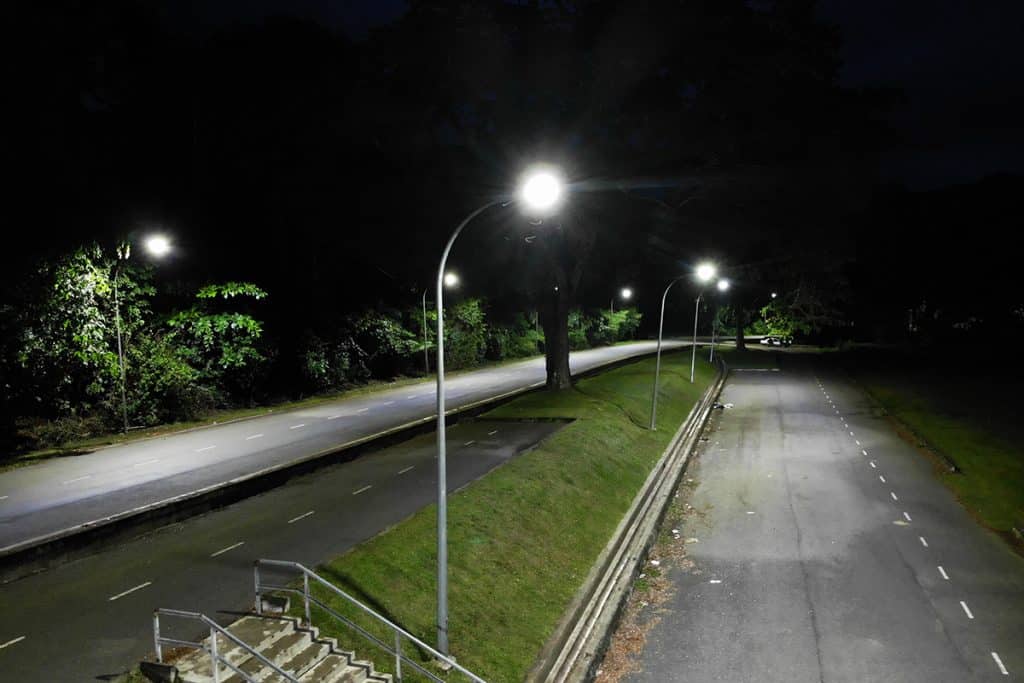Class I vs Class II vs Class III, or Class 1 vs Class 2
Class I vs Class II vs Class III, or Class 1 vs Class 2
In LED lighting systems, LED drivers play a key role in the proper functioning and performance of the system. This is an electronic device that regulates the power and current of an LED lighting system. Because of this, it is important to select LED lamps with the right LED drivers to ensure safety in lighting projects. If you are an industry practitioner, you will often hear about Class I, Class II, Class 1 and Class 2 requirements for products. However, how much do you know about the differences between Class I, Class II, Class 1, and Class 2 product ( LED light and LED drivers ) in the lighting industry ( Discover our LED lighting project showcases. ) ? If you don’t know, you may be missing out on some critical information that can impact the safety and performance of your lighting system. This article will show you the difference between Class I vs Class II vs Class III vs Class 1 vs Class 2.
What is the LED Driver?
LED drivers are also called LED power supplies ( Explore ZGSM’s high-quality professional LED drivers. ). They have similar functions to fluorescent lamp ballasts. As one of the important components of LED lamps, LED drivers can convert standard alternating current (AC) power (such as household or commercial electricity) into direct current (DC) power, because LED lamp beads need DC power to drive and light up. High-quality drivers will accurately control the output current, and stable current can ensure the consistency and stability of LED light emission. In LED lamps, LED drivers usually have dimming functions to meet their intelligent dimming needs by changing the output current.
LED drivers can also protect LEDs from damage because the drivers have built-in protection mechanisms such as overcurrent protection, overvoltage protection, short circuit protection, and overheating protection, thereby extending the service life of the lamp. In addition, LED drivers can be divided into different electrical grade types such as Class I, Class II, and Class III according to the differences in anti-electric shock protection measures. The electrical grade type of LED drivers is related to the possibility of dangerous contact voltages in the unpowered parts of the entire product.
What Are Class I, Class II, and Class III?
Class Types for appliances consider the insulation system of the product. It specifies measures to prevent dangerous contact voltages on unenergized parts of the electronic device. According to the measures, it can be divided into four Class, Class 0, Class I, Class II, and Class III. We here mainly discuss I, II, and III.
What’s Class I?
Class I LED lights have basic insulation and must incorporate a protective earth connection to mitigate the risk of electric shock. The safety of them is achieved by using basic insulation and also providing a means of connecting to the protective earth conductor in the building where by routing those conductive parts that are otherwise capable of assuming hazardous voltages to earth ground if the basic insulation fails. This means a class I LED light will provide a terminal/pin for earth ground connection.
What’s Class II?
Class II LED lights not only rely on basic insulation to prevent electric shock protection but also must provide additional safety protection measures such as double insulation or reinforced insulation. There is no reliance on either protective earth or installation conditions. This means a class II LED light does not have a terminal/pin for earth ground connection.
To get Class II certificated LED lights, we must install Class II certificated LED drivers. Below is the picture of a Class II driver with the “回” symbol. Furthermore, we should use two layers of insulating material between live parts and the user, or use reinforced insulation so that no dangerous voltage will become exposed which might cause an electric shock. Now ZGSM has many series street lights that are class II certificated, for example, H series, K series, and Rifle series.

What’s Class III?
Class III LED light is defined as that protection against electric shock depends on the absence of a voltage above safety extra-low voltage (SELV). SELV is defined in the relevant standards as the voltage not exceeding 25VAC or 60VDC. So the extra safety features built into Class I and Class II LED lights are therefore not required for Class III LED lights. For example, ZGSM solar or DC input street lights are Class III classified.
For more information about Key Factors to Consider in the Street Lighting Design,you can read our related article “Key Factors to Consider in the Street Lighting Design”.
Video of Appliance Protection Classes 0, I, II, III
What are Class 1 and Class 2?
Class 1 and Class 2 come from UL 1310 standard. UL1310 (NEC Class 2 Power Units) are product safety standards that aim to keep humans safe by lowering the possibility of a hazardous situation.
What’s UL 1310?
The UL 1310, Class 2 Power Units, standard applies to power supplies within a limited output current and output voltage range. The Class 2 standard is specified in UL Standard Number UL1310.
What’s Class 1?
Class 1 products have output ranges outside UL Class 2 designations. An LED Driver with a UL Class 1 rating has a high-voltage output and safety protection is required within the fixture (LED light).
What’s Class 2?
Class 2 product is with an electronic circuit whose output current and power are under the limitation shown in UL1310 Table as below. They operate using less than 60 volts in dry applications, 30 volts in wet applications, less than 5 amps, and less than 100 watts. So the risk of fire can be reduced significantly. And the safety distances and flammability rating of components can be much lower.
| Circuit voltage (Vmax ) a,b ac or dc Volts | Maximum nameplate ratings | Maximum output current (Imax )c, Amperes | |
| Volt-Amperes | Amperes | ||
| 0 – 20 | 5.0 X Vmax | 5 | 8 |
| Over 20 to 30 | 100 | 100/Vmax | 8 |
| Over 30 to 60, dc only | 100 | 100/Vmax | 150/Vmax |

What is Class 1 Material?
Class 1 material is a designation of the RWMA. The Resistance Welding Manufacturers Alliance (RWMA) is an organization of leading manufacturers of resistance welding equipment and materials. The alliance was established to promote the use of resistance welding and to provide technical expertise.
Class 1 is often used to weld aluminum and other good conductors like brasses and bronzes which require high weld currents.
What is Class 2 Material?
Class 2 material is a designation of the RWMA. Class 2 is the most used material in the resistance welding industry. As electrodes it is used for welding bare and coated steels.
Brief summary
In brief, the table below shows the difference between Class I, Class II, Class III, Class1, and Class2.
| Classify | Class I | Class II | Class III | Class1 | Class2 |
| Authority | IEC | IEC | IEC | NEC | NEC |
| Insulation | Basic insulation | Double Insulated | / | Electrical limitation | Electrical limitation |
| Symbol | UL | UL | |||
| Characteristic | three-wire power cord | two-wire power cord | Solar or others with extra-low voltage | Power≤1000 Volt-Amps | Voltage≤60(Dry) |
Conclusion
We will find that Class I, Class II, or Class III has no connection with Class 1 or Class 2. There are two standards for electrical equipment. In the market, LED light can be with Class II standard, but it’s not with Class 2 LED driver. However, Class II certificated LED light must be with Class II LED driver. Meantime, an LED light with a Class II LED driver doesn’t mean that it’s Class II certificated. You have to check whether the product is with two layers of insulating material or reinforced insulation between live parts and the user. It’s important when we are applying for Class II certificates.
With the above clarification, We believe that you have a good understanding of Class I/II/III and Class 1/2. Hope this will help you find suitable LED products that you need.
Rated Products
Related Blogs
Related Cases
People also ask
Author introduction

Hello Customers,
My name is Taylor Gong, I’m the product manager of ZGSM Tech. I have been in the LED lights industry for more than 13 years. Good at lighting design, street light system configuration, and bidding technology support. Feel free to contact us. I’m happy to provide you with the best service and products.
Email: [email protected] | WhatsApp: +8615068758483










